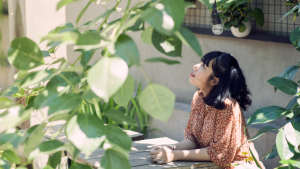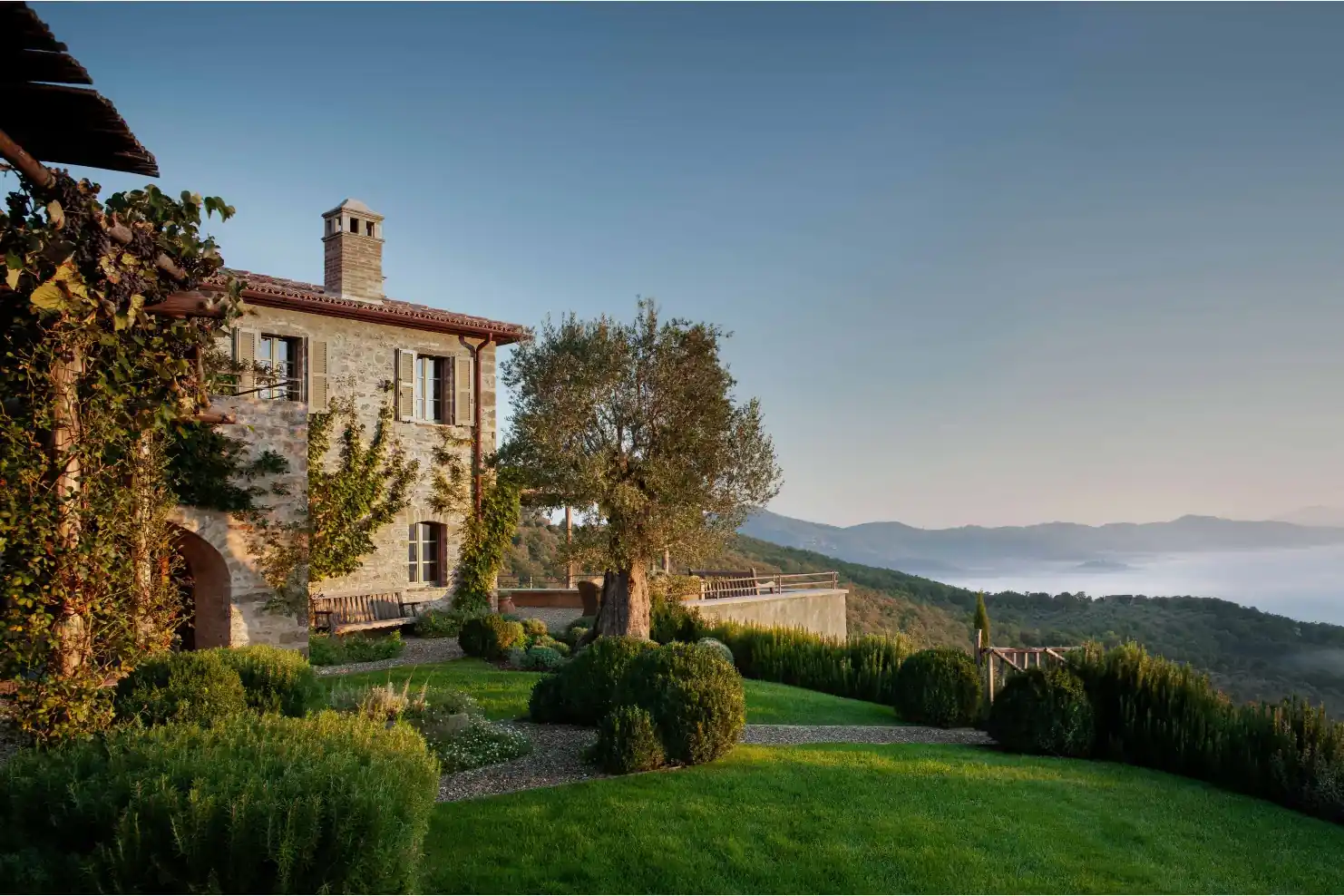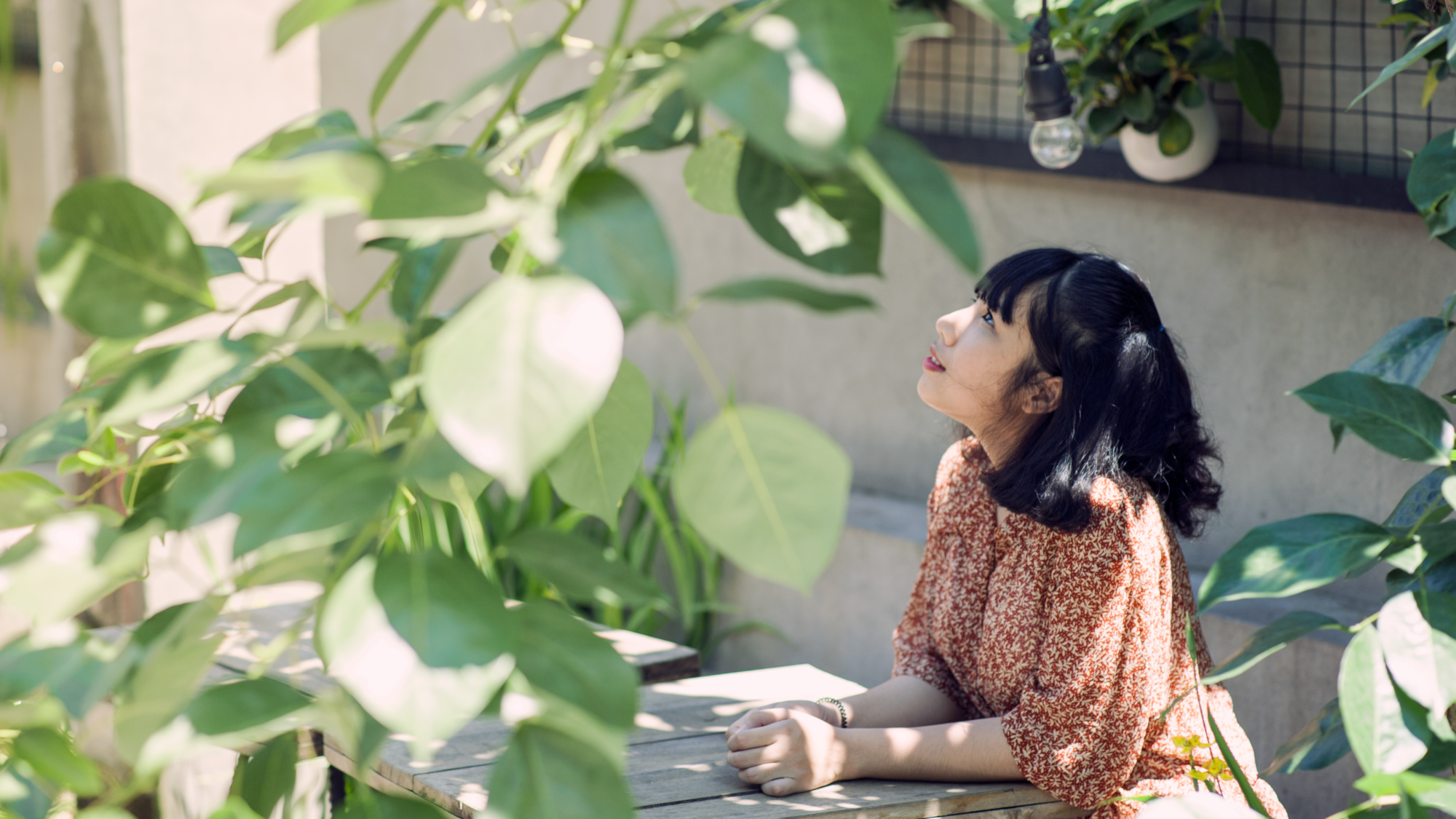There is a common misconception that white balance is only for photography. It’s an essential feature of digital cameras and smartphones that helps neutralize light in photos. This controls color temperature based on ambient light conditions. It’s also ideal for daylight, indoor lighting, and fluorescent lighting.
In this blog post, we will cover white balance and its different forms in digital photography jargon. We will also discuss setting a white balance in digital cameras and smartphones. Stay tuned as we dive deeper into this complex setting in digital photography jargon!

What Is White Balance?
White balance sets a digital camera’s white balance to match the light source in the environment it was taken in. White balance is essential for creating balanced and natural-looking photos and videos.
White balance is different for each type of camera and lighting situation. There are three main white balance settings: auto, daylight, and tungsten. Auto white balance is the default setting on many cameras, and it automatically balances the white tones of a photo with the light source.
To manually white-balance a photo, start by taking a shot in natural lighting conditions. Use the exposure slider to adjust the brightness and contrast of the photo until the colors look natural and balanced. Save the photo as a JPG or PNG file with your camera’s correct white balance setting.
How to Manually White-balance a Photo
White balance is a setting on your camera that helps balance a photo’s white balance with the color temperature of the light in the scene. When shooting outdoors, it’s important to white-balance your photos to look natural and accurate. Several different white balance settings are designed for other lighting conditions.
Understand Color Temperature
Color temperature is the color of light measured in degrees Kelvin. Warm colors, such as reds, oranges, and yellows, have a temperature of about 6500K, while cool colors, such as blues and greens, have a temperature of about 3100K.
The white balance setting in your camera’s digital camera menu controls the color temperature of the light from your camera’s flash or image sensor. If you manually adjust the white balance in your camera settings, it is essential to understand the color temperature of the light source used to take the photo. In essence, you can capture natural and accurate photos by understanding color temperature. You can also use a white balance setting card or other light-aware white balance tools to get a proper white balance in your camera settings. By following these steps, you can capture accurate and natural photos.
Choose A White Balance Preset
White balance is an important setting on many camera models. It determines the color balance of a photo, making it look natural and accurate in different lighting conditions. To get the correct white balance in your photos, choose a preset appropriate for the type of light you’re shooting under. Some good white balance options include auto, daylight, cloudy, tungsten, fluorescent, and custom white balance. Each of these options provides different ways to balance the color of your photos in other lighting conditions.
When making adjustments to white balance, it’s vital to use the camera’s histogram as a guide. This allows you to ensure your photo is exposed correctly without over- or underexposing it. Use manual mode and adjust to white balance until you find one that works well with the tone and color of your photo. Once you’ve settled on a setting, take test shots to validate your choice. Make any necessary corrections before taking the final photo. As with all camera settings, white balance requires experimentation to find the best setting for each situation and piece of content.
Use Auto White Balance
To manually white balance a photo, begin setting your camera to auto white balance. This will allow the camera to balance the white levels in a scene using the white balance setting. If you want to correct the color cast of your environment, use the auto-white balance. You can also use auto white balance to ensure the photo looks natural in all lighting conditions. Finally, auto-white balance can improve image quality and create a color balance ideal for your subject matter.
In addition, you can use auto white balance as a starting point and then tweak settings as needed to achieve a specific color temperature. By using auto white balance as a starting point and adjusting it as needed, you can quickly correct white balance errors in your photos without having to tinker with parameters too heavily or worry about damaging your camera’s sensor.
Conclusion
It is essential to understand that white balance is not a setting that can be changed once in color or black-and-white photos. It’s a necessary process of editing color photos in post-production that allows you to balance the color temperature of your shots. Preset white balance settings are designed for different lighting conditions and subjects. A white balance preset will help make your photo color-accurate in most lighting conditions, but it depends on the individual setting and how accurate they are. Experiment with various white balance presets and find one that works best for your subject and lighting conditions. If you have any questions, comment below and we’ll get back to you asap!








